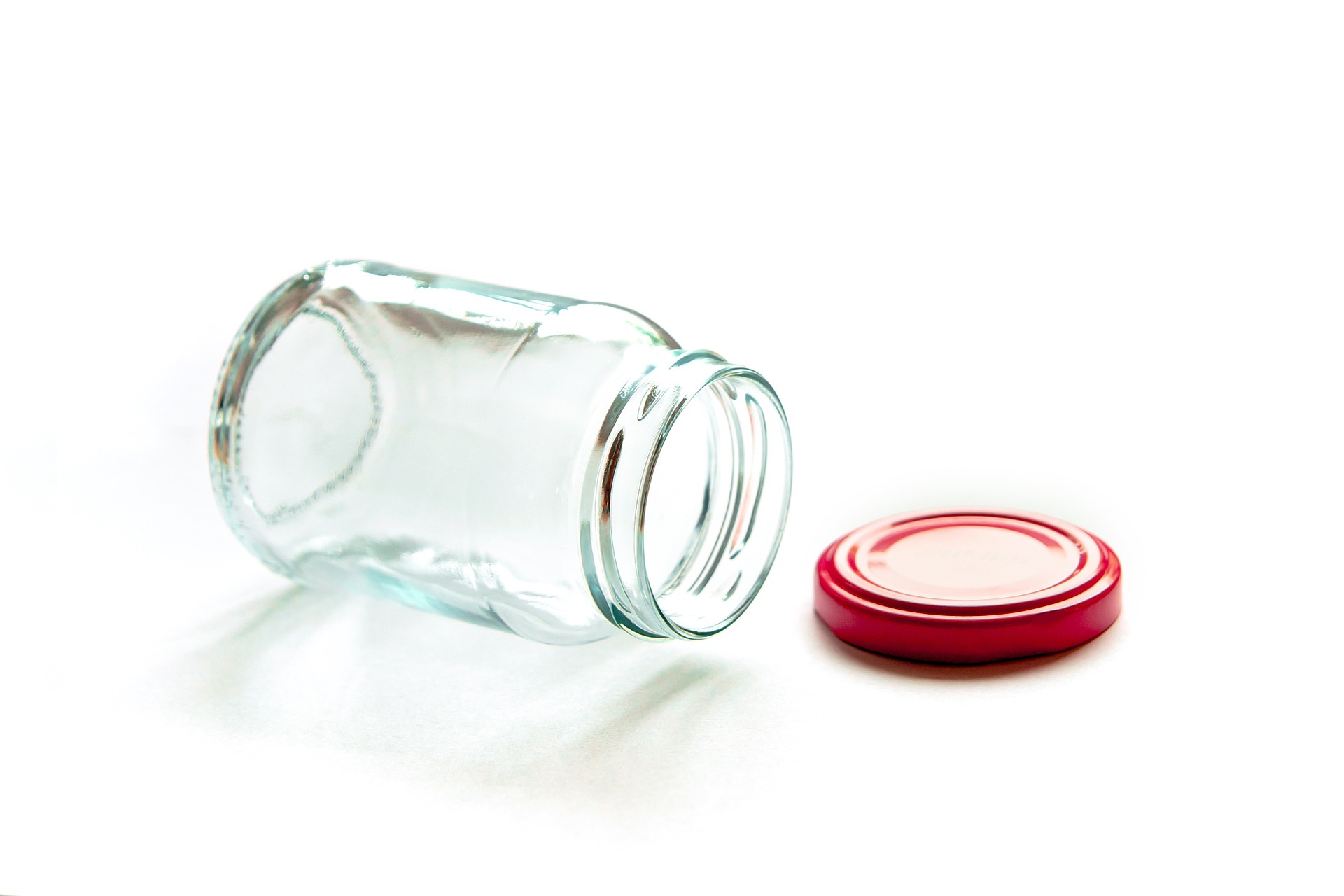What Is The Cost Of A Glass Bottle?

Making glass holders can be refined by one of two unique cycles , the Press and interaction. Each cycle is picked dependent on the sort of glass bottle being made. All glass bottles begin as crude materials. Silica (sand), soft drink debris, limestone, and cullet (heater prepared, reused glass) are consolidated into a particular combination dependent on the ideal properties of the bottle. The blend is then dissolved at high temperatures in the heater until it turns into a liquid material, prepared for arrangement. The sort of glass this combination will create is known as soft drink lime glass, the most mainstream glass for food and refreshments. Liquid glass gobs are cut by an impeccably coordinated cutting edge to guarantee every gob is of equivalent load before it goes into the shaping machine. The heaviness of a gob is imperative to the development cycle for each glass holder being made. The formed glass is made by gravity taking care of gobs of liquid glass into a framing machine, where pressing factor shapes the neck and fundamental state of the bottle. When the neck finish and the overall glass bottle shape has been accomplished, the structure is known as a parison. To accomplish the last compartment shape, one of two cycles are utilized.
The Press and interaction is the most generally utilized strategy in glass bottle manufacturing. It utilizes an individual area (IS) machine, which is isolated into differing areas to create a few holders of a similar size all the while. The liquid glass is cut with a shearing cutting edge into a particular gob size. The gob falls into the machine forcibly of gravity. A metal unclogger is utilized to push the gob down into the form, where it begins to come to fruition and become a parison. The parison is then moved into the blow form and warmed with the goal that the parison is sufficiently delicate to polish off the components of the glass. When the parison is warmed to blowing temperature, air is infused to blow the holder into shape. Press and blow techniques are ordinarily utilized for manufacturing wide-mouth bottles and containers as their size permits the unclogger into the parison.
Despite the cycle utilized, when the bottle has been totally framed, it is eliminated from the form and moved to the strengthening lehr. The lehr warms the bottes to a temperature of around 1,050 degrees Fahrenheit at that point progressively cools them to about 390F. This cycle permits the glass to cool at an even rate - taking out internal stresses in the glass that could prompt breaking or breaking. Bottles are then exposed to cautious examinations to guarantee meet quality control rules. Any bottles showing blemishes, including air pockets, breaks, or deformed regions, are eliminated from the line and utilized as cullet. All leftover bottles are arranged by size and type. The bottles are then bundled on beds and arranged for delivery. With an unfilled wine bottle, some wood, a couple of screws and a piece of wire rope, anybody with a little ability can develop this wonderful bird-feeder. The seeds will sift through one small step at a time and once the bottle is vacant, just slacken the rope to haul it out for a top off.